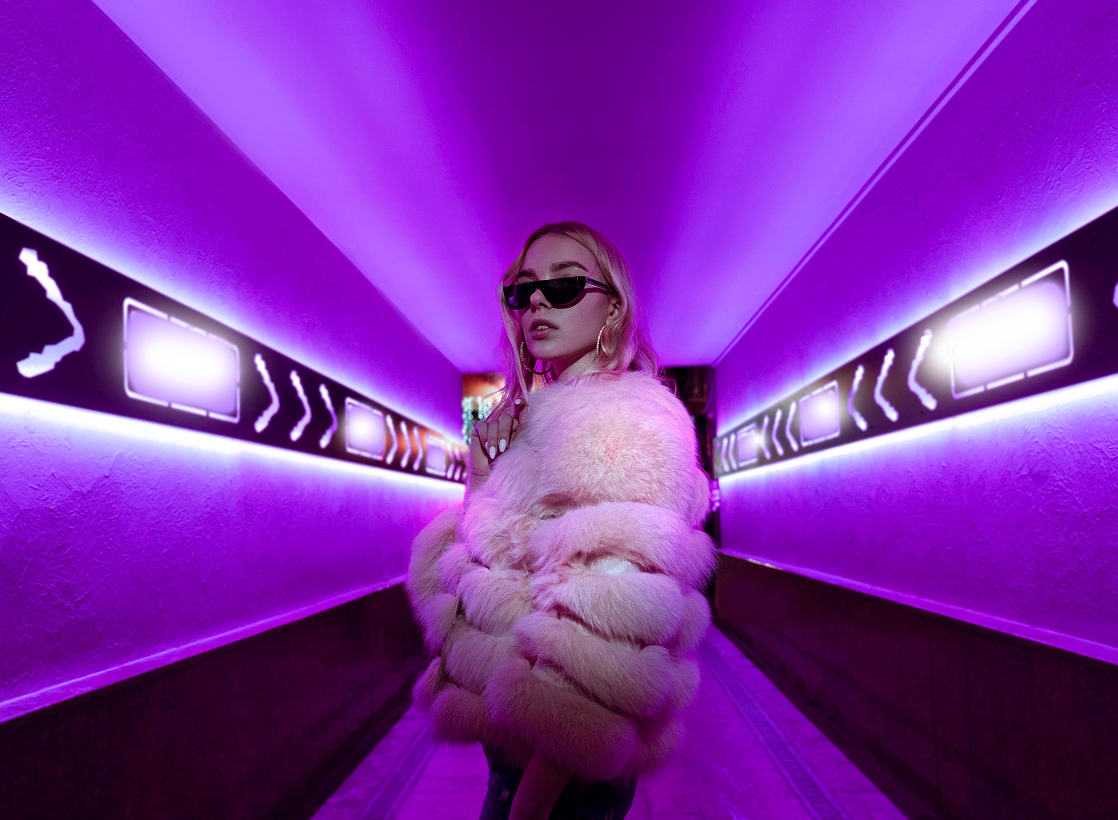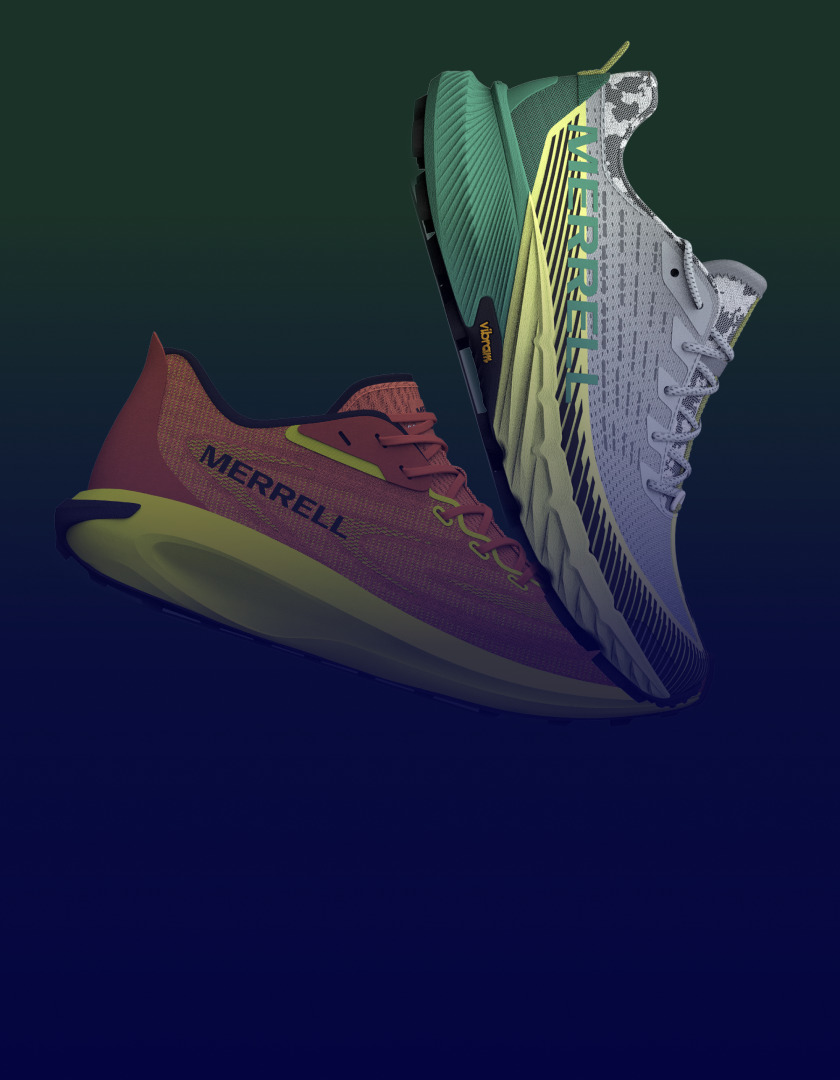How AI Is Driving Hyper-Personalized Shopping Experiences

We are in the era of hyper-personalization and dynamic customization. Outside-the-box thinking and individualistic approaches are key to inspiring and enticing newer generations, who reject uniformity and perfection in favor of unique pieces exuding self-expression. Customization has evolved beyond simple mix-and-match; it now reaches a new level of complexity, with AI playing a crucial role in creating truly personalized customer experiences. We’ve explored the various ways brands are tapping into this.
Personalized Product Recommendations
Personalized product recommendations refer to the process of tailoring product suggestions to an individual’s unique preferences, needs, and behaviors. By using AI, leading retailers are analyzing vast amounts of consumer data – such as browsing history, past purchases, and social media interactions to make relevant and hyper-personalized suggestions in real time.
The outcome: highly curated search results, specific product suggestions, and targeted promotions.
Top brands like Zara, H&M, Nike, and Swarovski have seamlessly integrated AI-powered recommendations into their shopping platforms, often to the point where consumers don’t even realize they are being personalized. The key is making the experience feel organic, where customers believe they’ve stumbled upon a product that perfectly aligns with their personal style, rather than feeling like they are being marketed to. Aforementioned, Swarovski has gone as far as establishing an AI Center of Excellence to fully integrate AI into their customer journey. As a result, AI-driven product recommendations now account for 10% of the brand’s website sales.
It’s not just fashion brands that are leveraging AI-powered personalization. In October last year, leading search engine Google rolled out a series of updates in the US that are powered by generative artificial intelligence. Notable innovations include the ability for users to narrow down results with hyper-specific filters, such as size or location. For example, searching for a cocktail dress for an event in New York in April will take into account the city’s typical weather for that time of year. In addition to showcasing product recommendations, they will also come with an explanation of why each product is a good fit for each shopper’s needs. Google describes this as a fully transformed Google Shopping experience—rebuilt from the ground up with AI.

Hyper-Personal Designs
Customization in fashion is nothing new. Traditionally, it meant adding initials to a jacket or choosing a preferred color combination, but generative AI is taking this to new levels. Here are some examples of next-level AI-driven personalization in fashion.
Reebok Impact
This past spring, Reebok launched a new Instagram account named @ReebokImpact, with cryptic profile description ‘You just stepped into what’s next.’ Through the platform, users are invited to upload their favorite photo memory, which is then transformed into one-of-a-kind digital sneakers. The goal is to generate something completely personal that can be shared with friends and family, and fully customized. The brand markets this as a new form of digital self-expression.
AM By You
Still in beta mode, AM by You is Victoria’s Secret-owned Adore Me’s take on hyper- personalization. The feature allows customers to design their own customized bralette and panty sets. It begins with describing the desired design in the user’s own words and selecting one of three art styles (watercolor, graphic, or abstract). After the design is generated, users can further personalize their set by customizing the band of the bralette. Once finalized, the set can be purchased for $55. Customer feedback emphasizes the value of designs that feel deeply personal, and that it represents the future of clothing.

Emerging Platforms
Overall, consensus in the industry is that artificial intelligence serves as a way to help people find the fashion they want to buy through personalized curation and sizing, and new platforms and tools are rapidly emerging.
Daydream
Entrepreneur Julie Bornstein, former COO of Stitch Fix, is working on a platform powered by AI to build a curated and personalized fashion catalog. Her new startup, Daydream, takes a unique approach to AI-driven shopping by enabling users to ‘chat to shop’—searching for fashion using natural language prompts (for example, ‘I need a black and white dress for an evening gala,’ ‘color block sneakers that are retro but timeless,’ or ‘I love this bag, but in burgundy.’)
After raising $50 million in seed funding, Daydream is now accepting submissions for the waitlist to gain early access to the platform. What sets Daydream apart from others is its focus on solving the problem of the overwhelming, one-size-fits-all search experience. Instead of bombarding users with infinite options, Daydream narrows down choices to fewer but tailored ones. The results will pull exclusively from participating brands, including both multi-brand and mono-brand retailers like Net-a-Porter, Khaite, adidas, and Acne Studios.
The platform is similar to The Yes, the discovery platform Bornstein launched in 2019. On The Yes, users could rate items to curate a personalized feed of products based on their style and size. What sets Daydream apart is its shift away from user ratings and surveys, instead leveraging AI to drive the personalization process.

FitOS by Unspun
In December last year, Unspun launched a new data-driven platform aimed at setting a new standard for personalized sizing in the fashion industry. After completing an online survey or performing a body scan, FitOS delivers highly accurate, fully individualized size recommendations by leveraging advanced AI algorithms and vast datasets.
FitOS moves beyond traditional, static body measurements by considering not only height, weight, and circumference, but also body shape, proportions, and posture. This holistic approach enables the technology to provide a much more specific and personalized experience, and the platform even tailors its recommendations based on the specific fabric and cut of each garment.
For consumers, this level of personalization is crucial in solving one of fashion’s long standing problems: poor fit. In addition to that, the platform also aims to optimize the production process on the brand side. By offering access to detailed size curves and actual consumer specs, brands can leverage the data to refine their design process, as well as adjust fit and stock proactively. Unspun themselves see this as the catalyst for broader change in the industry, where clothing is produced on-demand, perfectly fitted to each individual, and the concept of standard sizing becomes obsolete.
Balancing Innovation and Caution
It is important to note, however, that the use of AI in fashion is not without its reservations. Luxury brands and executives, in particular, have expressed concerns about its ability to replace human creativity and the artistry behind craftsmanship – some even go as far as to iew it as an existential threat.
The future of fashion will likely see successful brands leveraging AI for personalization, but doing so with the utmost respect to the product.The key will be finding a delicate balance between harnessing technology and preserving the human touch that ensures true, meaningful personalization.









